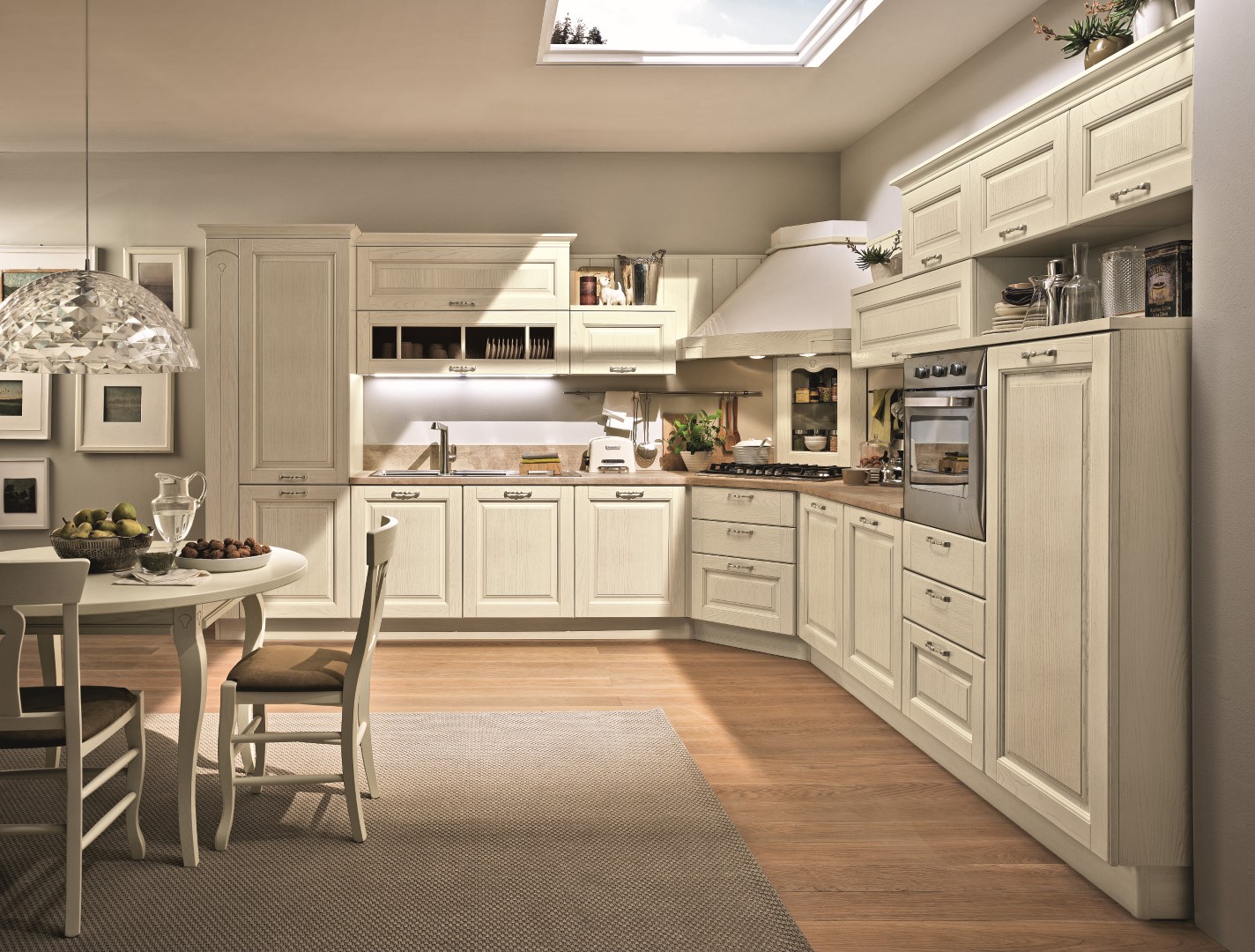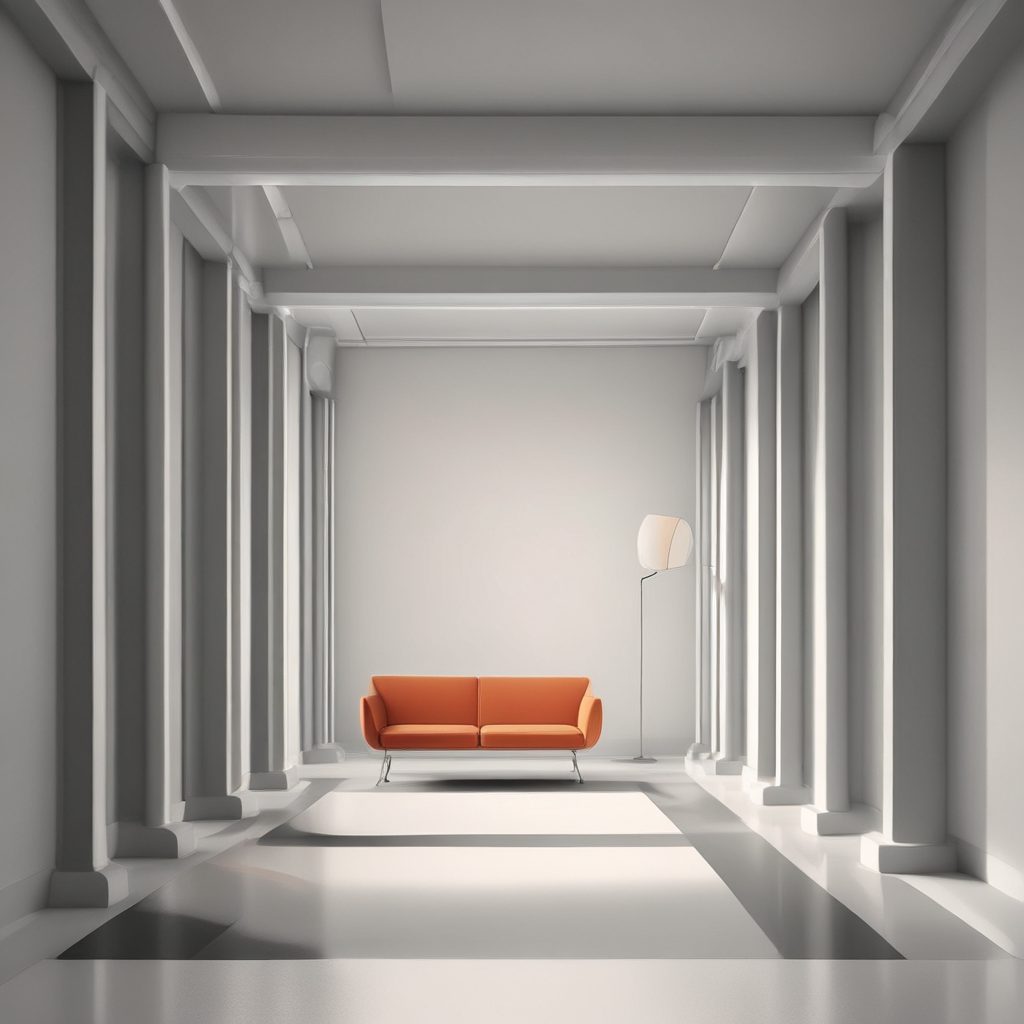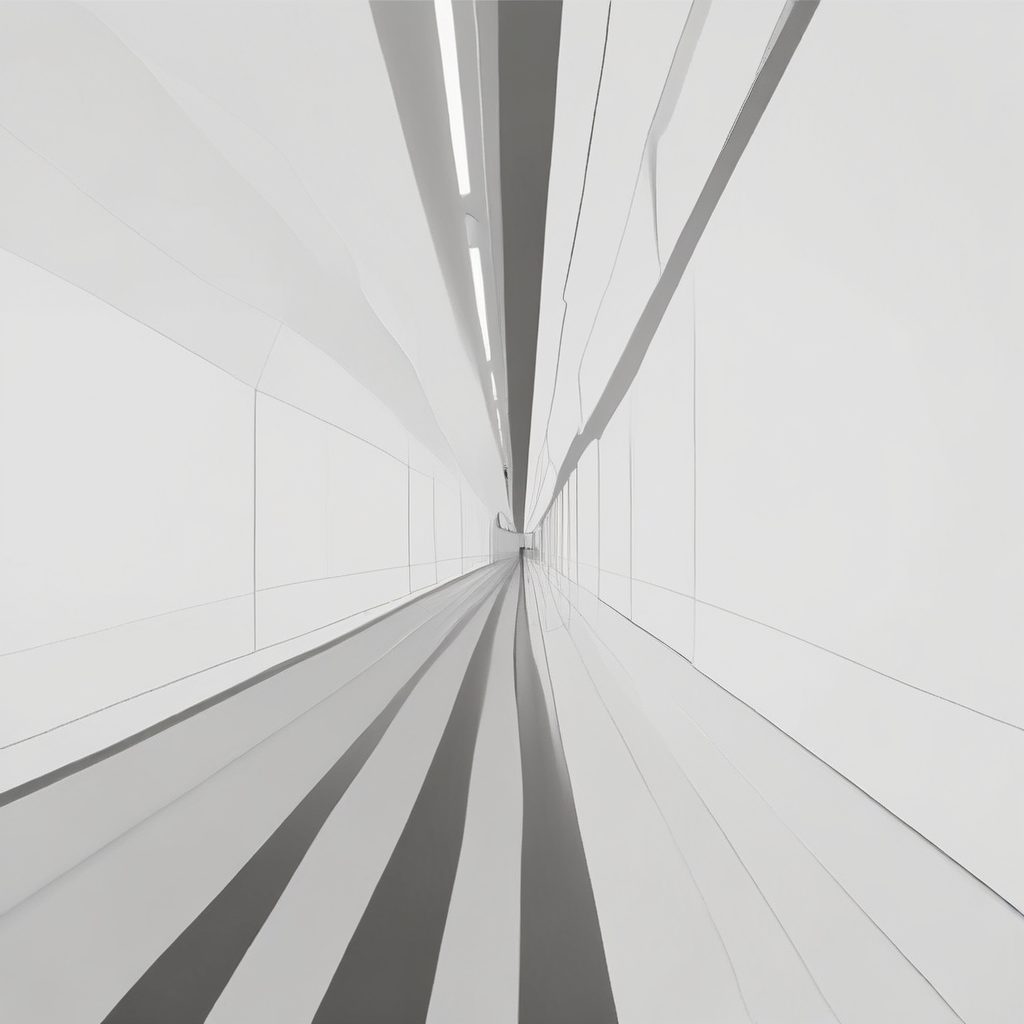
Mixing Textures: A Key to a Visually Stunning Kitchen
In the world of interior design, the kitchen is often considered the heart of the home. It’s a space where functionality meets aesthetics, and one of the most effective ways to enhance its visual appeal is by mixing textures. This design strategy not only adds depth and interest but also creates a dynamic environment that can transform an ordinary kitchen into a stunning masterpiece.
The Importance of Texture in Kitchen Design
Texture plays a crucial role in interior design, particularly in the kitchen, where various materials and surfaces come together. According to a study by the National Kitchen and Bath Association, 70% of designers believe that texture is a key element in creating a visually appealing kitchen. By incorporating different textures, you can add layers of interest and create a more engaging space.
Mixing textures can also influence the perception of space. For instance, rough textures tend to absorb light and make a space feel cozier, while smooth textures reflect light and can make a kitchen appear larger. This interplay of textures can be used strategically to enhance the overall ambiance of the kitchen, making it both functional and inviting.
Combining Natural and Man-Made Materials
One effective way to mix textures in the kitchen is by combining natural and man-made materials. Natural materials like wood, stone, and metal bring warmth and authenticity to a space. For example, a wooden countertop paired with stainless steel appliances creates a beautiful contrast that is both modern and timeless. According to interior designer Sarah Richardson, “The juxtaposition of natural and industrial elements can create a balanced and harmonious kitchen design.”
On the other hand, man-made materials such as quartz, laminate, and glass offer durability and a sleek finish. These materials can be used to complement natural textures, providing a polished look that is easy to maintain. By thoughtfully combining these materials, you can achieve a kitchen design that is both practical and aesthetically pleasing.
Incorporating Textured Finishes
Textured finishes are another way to add depth and interest to your kitchen. From matte to glossy, the finish of a material can significantly impact the overall look and feel of the space. For instance, a matte finish on cabinets can create a soft, understated look, while a high-gloss finish can add a touch of glamour and sophistication.
Additionally, textured finishes can be used to highlight specific areas of the kitchen. A textured backsplash, for example, can serve as a focal point, drawing the eye and adding visual interest. According to a survey by Houzz, 45% of homeowners who renovated their kitchens in 2022 opted for textured backsplashes, indicating a growing trend towards incorporating texture in kitchen design.
Playing with Color and Texture
Color and texture often go hand in hand in creating a visually stunning kitchen. By playing with different color palettes and textures, you can create a space that is both cohesive and dynamic. For example, pairing a neutral color scheme with a variety of textures can add depth and interest without overwhelming the space.
Moreover, bold colors can be used to accentuate textured elements, creating a striking contrast that draws attention. Interior designer Nate Berkus suggests, “Using color to highlight texture is a great way to add personality and character to your kitchen.” By experimenting with different color and texture combinations, you can create a kitchen that reflects your personal style and taste.
Practical Tips for Mixing Textures
When it comes to mixing textures in the kitchen, balance is key. It’s important to ensure that the different textures complement each other rather than compete for attention. One practical tip is to start with a neutral base and gradually layer in different textures. This approach allows you to experiment with various materials and finishes without overwhelming the space.
Another tip is to consider the scale and proportion of the textures you are using. Large, bold textures can make a statement, while smaller, subtle textures can add nuance and detail. By carefully considering the scale and proportion of each element, you can create a harmonious and visually appealing kitchen design.
Conclusion: The Art of Texture in Kitchen Design
Mixing textures is an art that can elevate the design of any kitchen. By thoughtfully combining natural and man-made materials, incorporating textured finishes, and playing with color and texture, you can create a visually stunning space that is both functional and beautiful. As the heart of the home, the kitchen deserves a design that reflects its importance, and mixing textures is a key strategy in achieving this goal.
Whether you’re renovating your kitchen or simply looking to refresh its look, consider the power of texture in transforming your space. As interior designer Kelly Wearstler puts it, “Texture is the unsung hero of design. It adds depth, dimension, and soul to a space.” Embrace the art of mixing textures and watch your kitchen come to life.




 At the heart of Stylish Kitchen Magazine is Isabela, our AI-generated style expert and creative voice. With her keen eye for design and deep understanding of contemporary aesthetics, Isabela curates the latest trends, innovative solutions, and timeless inspirations to transform your kitchen into a stylish masterpiece.
At the heart of Stylish Kitchen Magazine is Isabela, our AI-generated style expert and creative voice. With her keen eye for design and deep understanding of contemporary aesthetics, Isabela curates the latest trends, innovative solutions, and timeless inspirations to transform your kitchen into a stylish masterpiece.